Terry Joseph, now the Passing Game Coordinator and DB Coach at the University of Texas, shares his efficient process for scouting an opponent, sharing information with his players, and teaching them the weekly game plan.
I remember in my early days as a coach, we would do some initial work for the coordinator, and then sit and wait for the plan. We didn’t have much in terms of technology. Watching plays meant using the cowboy remote to fast forward or rewind through a VHS tape. We padded everything on paper and provided a limited set of data until the coordinator could formulate the initial plan. It wasn’t a very efficient way of working.
Fast forward to today (pun intended). In this era of football, expanding and dividing responsibilities among the staff is common. It allows for a single coach to become an expert on the opponent, creates ownership, and allows for better teaching and understanding of the game plan.
Texas DB Coach and Passing Game Coordinator Terry Joseph shared his exact plan and responsibilities as the defensive passing game coordinator. Whether you are a defensive coach who wants to learn how to be better organized or the offensive coach getting into the head of the opposing DC, Joseph’s thorough explanation gives plenty of insight for how things are done by a high-level defensive passing game coordinator.
How the Work Begins
For Terry Joseph, his work begins and follows a specific plan each week to get the information to his players.
- Watch all plays over 30 yards. What are their tendencies?
- Watch turnovers and sacks. What’s common?
- Watch and draw every pass on 1st and 2nd down from every formation. This shows him what they are trying to do, and who they are. Like the “old days,” the coach pads these on paper himself.
Adding More Detail
The second phase goes into more detail after he makes some initial determinations about who the opponent is in the passing game.
- Watch every target to the top receiver. What coverages is he best against? What’s his go to move? What does he do in big situations?
- Watch RPO game by formation (labeled as runs in their breakdown). Is the QB a runner or thrower?
- Watch tempo plays sorted by game. Offenses like to bring different tempo plays in week to week.
Watching TV Copy
Finally, Coach Joseph wants to get a feel for the flow, play calling, and tempo of the offense by watching a TV copy of the game. It tells him things like:
-
- How they call the game.
- How fast they go.
- How quick they sub.
On Sunday, he wants to leave with the following questions answered:
- What’s their identity in the pass game?
- What issues do we have in the pass game?
- Can we win in 1-on-1 situations (secondary and DL)?
- Is there a common factor in turnovers and sacks?
- What coverages don’t we want to run – coverages they do well against?
- What are the staples of their offense?
Building the Game Plan
From there, Coach Joseph builds the game plan with one of the main components being what he calls “Alerts.” Alerts are things that repeatedly show up that tell you something is about to happen.
Why do they show up? There are various reasons. For example, many offenses sacrifice variety for tempo. When they do, tendencies develop.
Coach Joseph wants his players to understand and communicate those alerts to each other because it slows the game down for them. Buy-in is unbelievable when players understand how they will stop plays. As coach notes, “Remember, coaches cannot suit up on game day!”
Our effectiveness is based on recognition and communication of alerts. The players must see and communicate it across the secondary to be on the same page.
Alerts fall into certain categories:
- Formations
- Alignments
- Motion
- Route ID
- 3rd Down
- Situation/Field Zone
- Red Zone
From identifying and putting together the alerts in the secondary game plan, coach moves into how they teach it with the following:
-
- Alert Tape
- Teach Pages and Pictures
- Daily Quizzes (verbal and paper; meetings are alert quizzes)
- Practice Reps
- Player Ownership (encourage guys to text you with alerts they find)
Terry Joseph shows all of these examples using game film. When the defense is ahead of the game mentally with a strong understanding of what the offense may do, it leads to better execution and success on game day.
In our zoom world that is inundating us with football information, I found Terry Joseph’s clinic to be truly unique and present ideas on what an organized coach does to efficiently execute his work and effectively teach his players. ![]()


